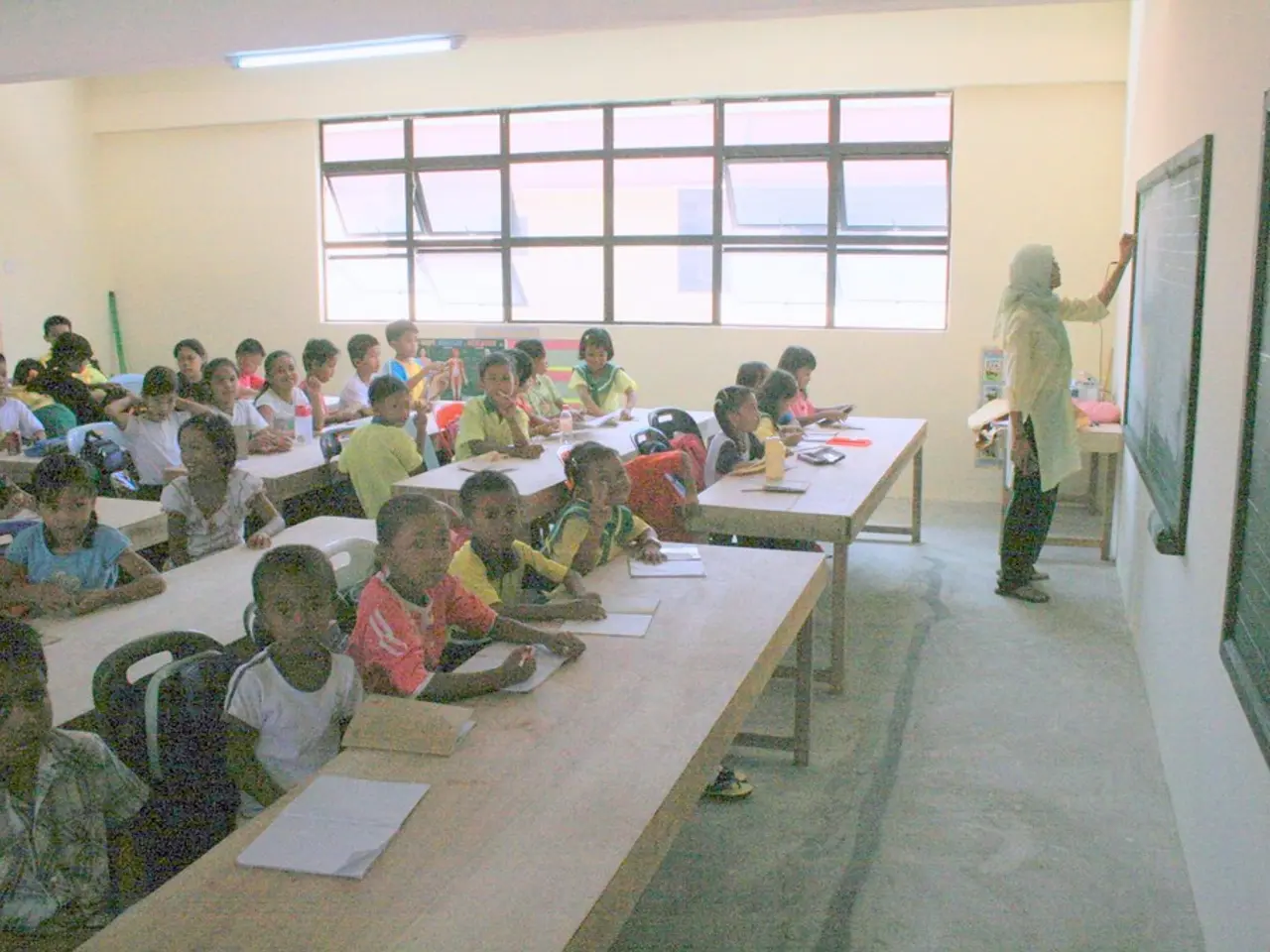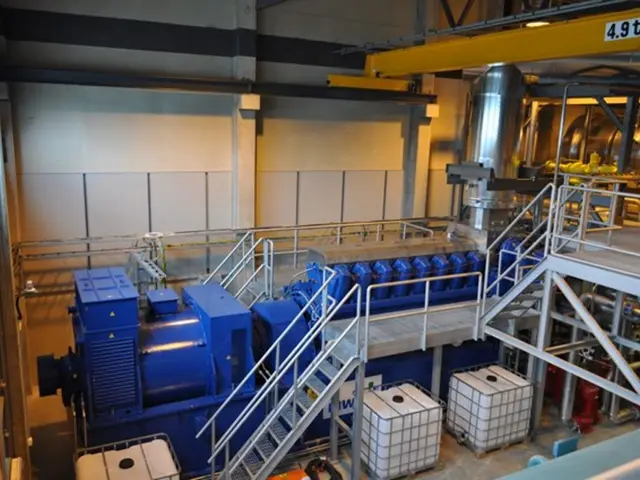Guide for Strengthening Educators with Operationally-Minded AI Techniques
In the ever-evolving world of education, the integration of Artificial Intelligence (AI) is no longer a distant concept, but a promising tool that can revolutionize teaching and learning. Here's a practical guide for educators on how to harness the power of AI to improve work-life balance, enhance teaching quality, and create a more engaging learning environment.
First and foremost, it's essential to identify time-consuming tasks that can benefit from automation. These tasks may include grading, attendance tracking, lesson planning, feedback provision, and material creation.
Once these tasks are identified, the next step is to research AI tools tailored for education. Examples of highly effective AI tools include Gradescope, Teachy, Seesaw, and TurboLearn. These tools can significantly streamline tasks such as grading, curriculum development, and feedback provision, thereby improving efficiency and fairness.
In addition to automating repetitive tasks, educators should also consider AI tools that improve classroom management and accessibility. This could include attendance tracking through facial recognition or voice ID, AI-powered translation and speech-to-text/text-to-speech tools to support diverse learners, and other similar solutions.
Before implementing any AI solution, it's crucial to ensure that they are COPPA- and FERPA-compliant for data privacy concerns. It's also important to pilot selected tools to assess integration ease and effectiveness in reducing workload, ensuring compliance with data privacy and ethical standards.
The goal of implementing AI in education is not to replace human interaction, but to lighten the workload and create more time for teachers to reinject humanity into their interactions with students and the community. By adopting AI solutions strategically, educators have reported regaining significant time—sometimes 8+ hours weekly—enabling improved work-life balance and increased focus on meaningful student interaction.
It's advisable to start with one or two tools that address immediate needs, train educators to use them effectively, and continuously monitor their impact on workload and student outcomes.
The conversation about the impact of AI on educational leadership was led by Dr. Andy Szeto, Academic Policy, Performance, and Assessment Lead for NYC Department of Education, and Maximillian Re-Sugiura, principal of High School of Art and Design in New York City. They emphasized the importance of understanding AI's capabilities and limitations and suggested doing a self-audit to identify pain points and automate tasks. They also encouraged having an open dialogue with state municipalities and district leadership about AI programs.
These gentlemen originally presented this topic at the NYC Tech Summit 2025. They stressed the need to be aware of state and district AI policies and guidelines before implementing AI and to properly vet an AI solution before attaching it to a problem. They also cautioned against fearmongering about AI in education, with some teachers believing it cannot be used for lesson planning.
In conclusion, by strategically adopting AI solutions, educators can recover significant time for other endeavors, improve work-life balance, and focus more on student engagement. However, it's important to approach AI implementation with due diligence, ensuring compliance with data privacy standards and understanding AI's capabilities and limitations.
Teacher and student interactions can be enhanced through AI tools by providing educators with more time for human connection, as repetitive tasks such as grading, attendance tracking, lesson planning, feedback provision, and material creation can be automated. To implement AI effectively, educators should research tools that are COPPA- and FERPA-compliant, pilot selected tools to assess their effectiveness, and ensure they understand AI's capabilities and limitations. The goal is not to replace human interaction but to lighten workloads, allowing teachers to focus on self-development and education-and-self-development. Educators can start with one or two AI tools that address immediate needs, receive training on their use, and continually monitor their impact on workload and student outcomes.




